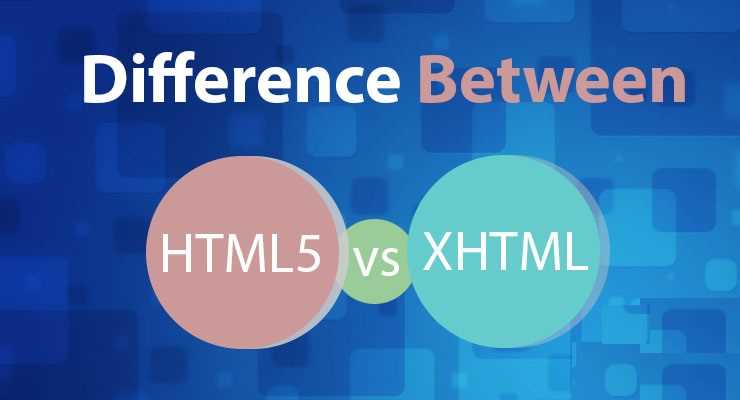Dear friends, today we will try to understand here how XML and HTML languages are completely different from you. After all, what are the differences between XML and HTML? XML and HTML are the markup languages defined for distinct purposes and have several differences. The major difference is that in XML there are provisions for defining new elements while HTML doesn’t provide a specification to define new element and it uses predefined tags. The XML can be used to build markup languages while HTML itself is a markup language. The HTML (Hypertext Markup Language) was designed to facilitate the transfer of web-based documents. Conversely, XML was developed for providing interoperability with SGML and HTML and ease of implementation.
Definition of XML
The XML (Extensible Markup Language) is a language that enables a user to define a representation of data or data structure where values are assigned in each field in the structure. IBM devised it as a GML (Generalized Markup Language) in the 1960’s. When IBM’s GML is adopted by ISO, it named SGML (Standard Generalized Markup Language) and it was the foundation for the complex documentation system. The XML language provides a platform to define markup elements and generate customized markup language. In XML to create a language or elements, one must follow some set of rules defined in the XML. The XML document includes data as strings and text which is surrounded by text markup. The fundamental unit in the XML is known as an element. Here the XML is well-formed and valid markup language. Here well-formed specifies that the XML parser could not pass the code if it is filled with syntax, punctuation, grammar errors. Additionally, it is only valid until it is well-formed and valid means that the element structure and the markup must match with a standard set of rules. And the XML document involves two parts – prolog and body. The prolog part of the XML consist of administrative metadata such as XML declaration, optional processing instruction, Document type declaration, and comments. The body part is partitioned into two parts – structural and the content (Present in the plain text).
Definition of HTML
HTML (Hypertext Markup Language) is the markup language for constructing web pages. The markup commands employed in the web-based content signifies the structure of the document and its layout to the browser. Browsers simply read the document with the HTML markup in it and render it on the screen through examining the placed HTML elements in the document. An HTML document is considered as a text file that holds the information need to be published. The embedded instructions are known as elements that show the structuring and presentation of the document in the web browser. These elements are comprised of tags inside the angle bracket which surrounds some text. The tags usually come in a pair – beginning and ending tag.
Major Differences Between XML and HTML
- The XML is a text-based markup language that has the self-describing structure and can effectively define another markup language. On the other hand, HTML is a predefined markup language and has a limited capacity.
- The XML provides logical structuring of the document while HTML structure is predefined where “head” and “body” tags are used.
- When it comes to language type HTML is case insensitive. As against, XML is case sensitive.
- The HTML was designed with an emphasis on the presentational features of the data. In contrast, XML is data specific where the data storage and transfer was the prior concern.
- The XML does not permit any mistake if there are some errors in the code it could not be parsed. Inversely, in HTML small errors can be neglected.
- Whitespaces in XML are used for specific use as XML considers every single character. On the contrary, HTML can ignore whitespaces.
- The tags in XML are mandatory to be closed, whereas in HTML an open tag can also work completely fine.
- The Nesting in XML should be done correctly, it has a big importance in XML syntax. Conversely, HTML does not care much about nesting.
Conclusion
Overall the XML and HTML markup languages are related to each other where HTML is used for the data presentation whereas the main purpose of XML was to store and transfer the data. The HTML is a simple, predefined language while XML is the standard markup language to define other languages. The XML document parsing is easy and fast.




Leave Comment